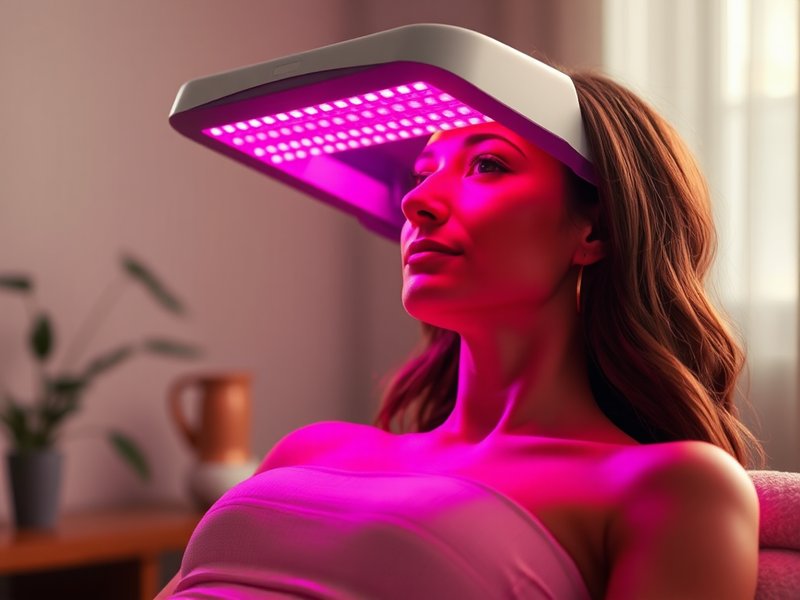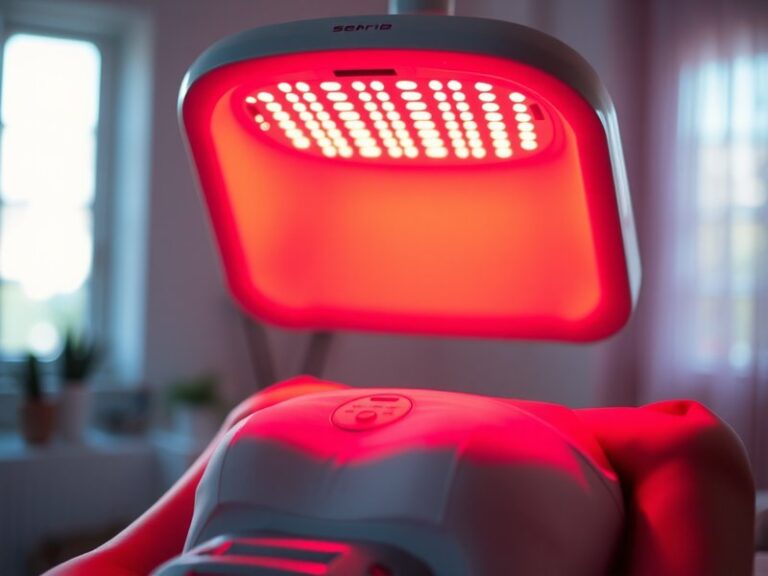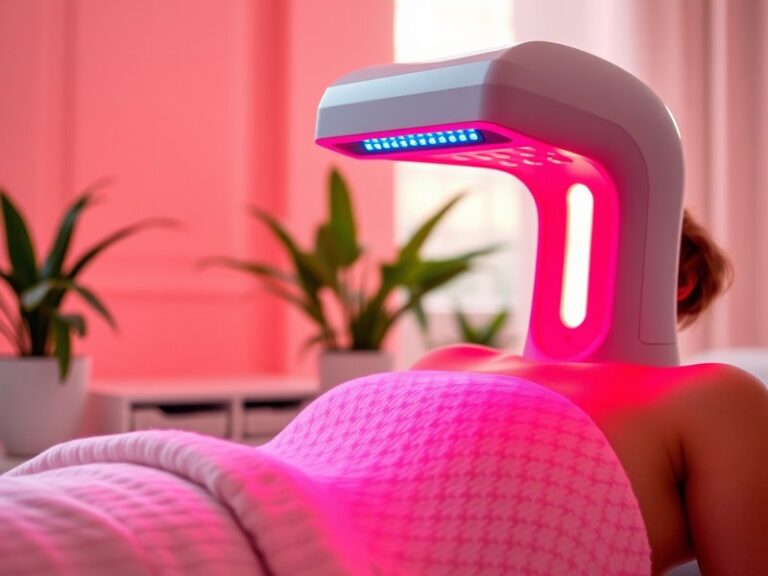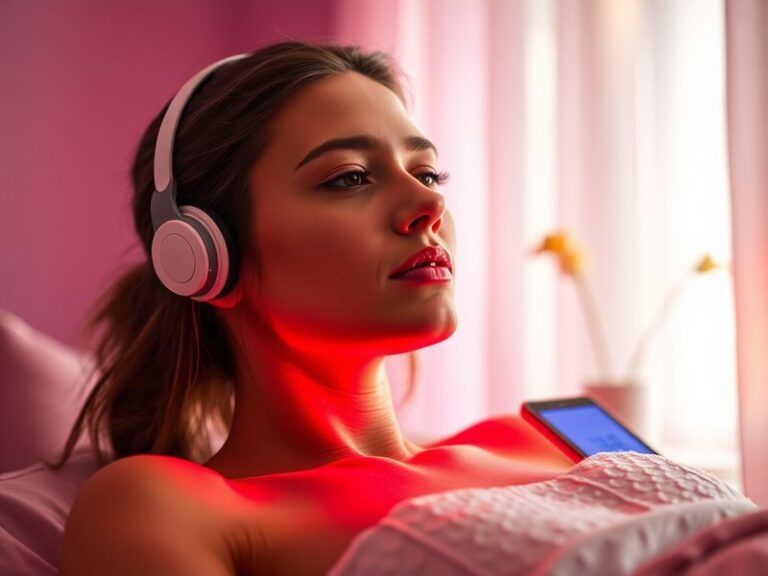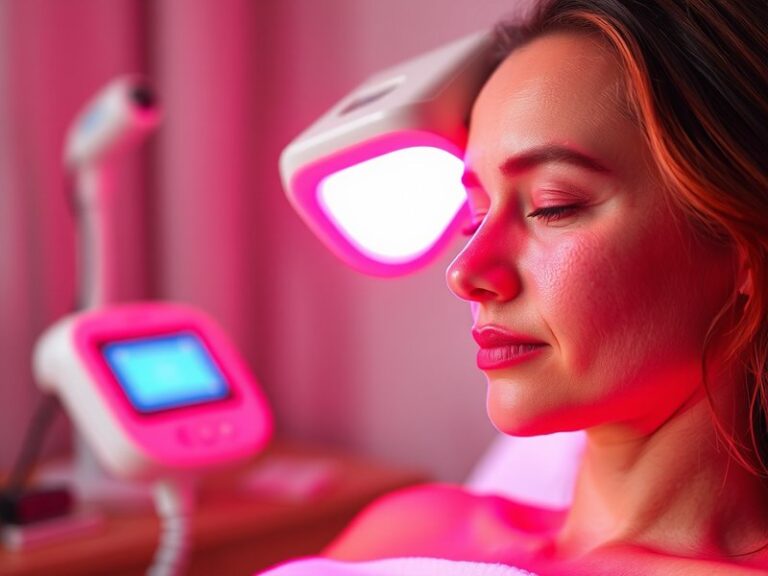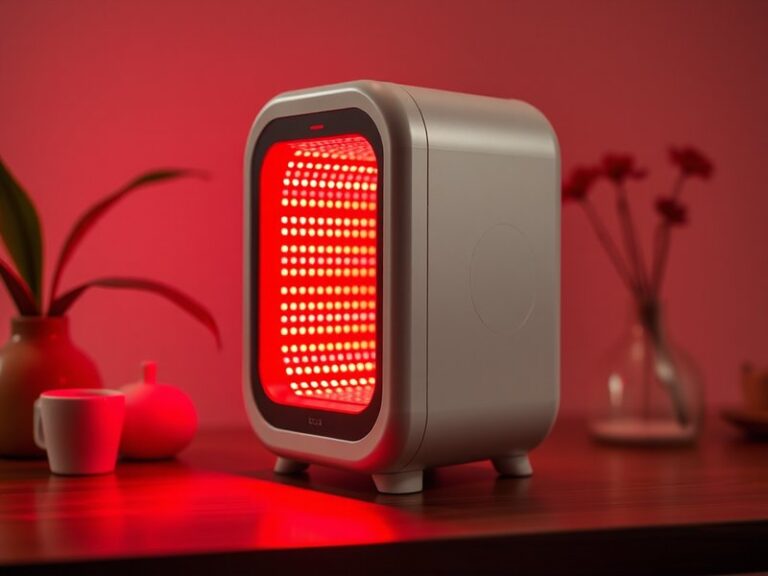Is Red Light Therapy True?
Is Red Light Therapy True?
Are the claims surrounding red light therapy backed by science, or is it just another wellness trend?
Find insights in How many minutes for red light therapy?
Red light therapy (RLT) has gained significant popularity for its purported benefits, ranging from improved skin health to enhanced athletic performance. This article will explore what red light therapy really is, the benefits it claims to offer, considerations before starting treatment, alternative options, and whether it is ultimately recommended for use.
Key Takeaways
- Red light therapy is a non-invasive treatment that uses low wavelengths of light for various health benefits.
- Scientific studies suggest that RLT may enhance skin health, reduce inflammation, and aid muscle recovery.
- It’s essential to evaluate safety and efficacy before incorporating red light therapy into your wellness routine.
What is Red Light Therapy?
Red light therapy is a form of phototherapy that employs low-level wavelengths of red or near-infrared light to stimulate biological processes in the body. It is used in various settings, including dermatology, physical therapy, and sports medicine, and is available in devices ranging from handheld units to large panels.
RLT operates on the principle that specific wavelengths of light can penetrate the skin and stimulate cellular processes. By enhancing the energy production in cells, it purportedly aids in healing and rejuvenation.
How Does It Work?
Red light therapy works by exposing the skin to specific wavelengths of light, typically between 600 and 650 nanometers. This exposure leads to an increase in adenosine triphosphate (ATP) production within the cells, facilitating energy transfer and metabolic processes. As a result, there can be improved circulation, increased collagen production, and a reduction in inflammation.
What are the Benefits of Red Light Therapy?
Red light therapy claims a variety of health benefits, which will be explored in detail below.
Skin Health Improvement
Many users report significant improvements in skin conditions such as acne and wrinkles. Research suggests that RLT can stimulate collagen production and enhance skin elasticity, leading to a more youthful appearance.
Wound Healing and Tissue Repair
Studies indicate that red light therapy can accelerate wound healing by increasing blood flow and promoting the regeneration of cells. This can be particularly beneficial for those recovering from injuries or surgical procedures.
Reduced Inflammation
Red light therapy might help mitigate inflammation, making it appealing for those suffering from inflammatory conditions like arthritis. More efficient cell function can lead to quicker reductions in swelling and pain.
Pain Relief
RLT has been reported to alleviate pain associated with various conditions, such as back pain and joint discomfort. By reducing inflammation and promoting healing, users may experience less pain and faster recovery times.
Enhanced Athletic Performance
Athletes often use red light therapy to speed up muscle recovery post-exercise. Some studies suggest that it may help reduce muscle soreness and improve overall performance.
Is it Possible to Use Red Light Therapy Safely?
Yes, red light therapy can be performed safely at home or in clinical settings, but certain precautions need to be taken. Understanding the proper procedures and recommendations is crucial for effective and safe use.
What are the Advantages of Home Use?
Using red light therapy at home offers convenience and comfort. Home devices are generally affordable and allow users to integrate the therapy into their daily routine without needing to schedule appointments.
What are the Disadvantages of Home Use?
However, at-home devices can vary greatly in quality and effectiveness. Users may not achieve the same results as they would with professional-grade equipment due to differences in light intensity and wavelengths.
What are the Things to Consider Before Using Red Light Therapy?
Before starting red light therapy, consider the following factors for safe and effective application.
Skin Sensitivity
Individuals with sensitive skin or particular medical conditions should consult a healthcare provider before trying red light therapy, as some skin types may react negatively.
Type of Device
Choosing the right device is crucial. Consider investing in a reputable brand that offers clinically tested and proven products. Cheap or poorly constructed devices may be less effective.
Explore Risks of Red Light Therapy
Duration and Frequency of Treatment
Consult manufacturer guidelines or a healthcare professional to determine optimal treatment times and frequencies to achieve the desired effects. Overuse may lead to adverse effects.
What are the Alternatives to Red Light Therapy?
If red light therapy does not appeal to you, consider these alternative options for skin health and pain relief.
Cold Laser Therapy
Cold laser therapy utilizes low-level lasers to reduce pain and promote healing. Like RLT, it is non-invasive and stimulates cellular processes.
Ultrasound Therapy
Ultrasound therapy uses sound waves to promote tissue healing and reduce pain. It is often used in physical rehabilitation settings.
Microdermabrasion
For skin health, microdermabrasion is a non-invasive procedure that exfoliates the outer layer of skin, improving texture and appearance.
Conclusion: Is it Recommended to Use Red Light Therapy?
Red light therapy presents several promising benefits, particularly in skin health, pain relief, and recovery. However, individuals should weigh these advantages against considerations such as device quality, skin sensitivity, and treatment frequency. Consulting with a healthcare provider can help gauge whether RLT is a suitable option for your needs.
Frequently Asked Questions
Is red light therapy safe to use?
Yes, when used correctly, red light therapy is generally considered safe. However, it’s essential to follow guidelines and consult with a healthcare professional if you have concerns.
How long does it take to see results from red light therapy?
Results can vary depending on the condition being treated. Some users report improvements within a few sessions, while others may require several weeks of consistent use.
Can I use red light therapy for all skin types?
Most skin types can benefit from RLT. However, those with skin sensitivity or specific dermatological conditions should seek professional advice before starting treatment.
Are there any side effects associated with red light therapy?
Side effects are minimal, but some users may experience temporary redness or irritation. Always consult a healthcare provider if you experience concerning symptoms.
Is professional treatment better than home devices?
Professional treatments may use more advanced equipment and can potentially provide faster results. However, quality home devices can be effective for personal use when chosen carefully.
